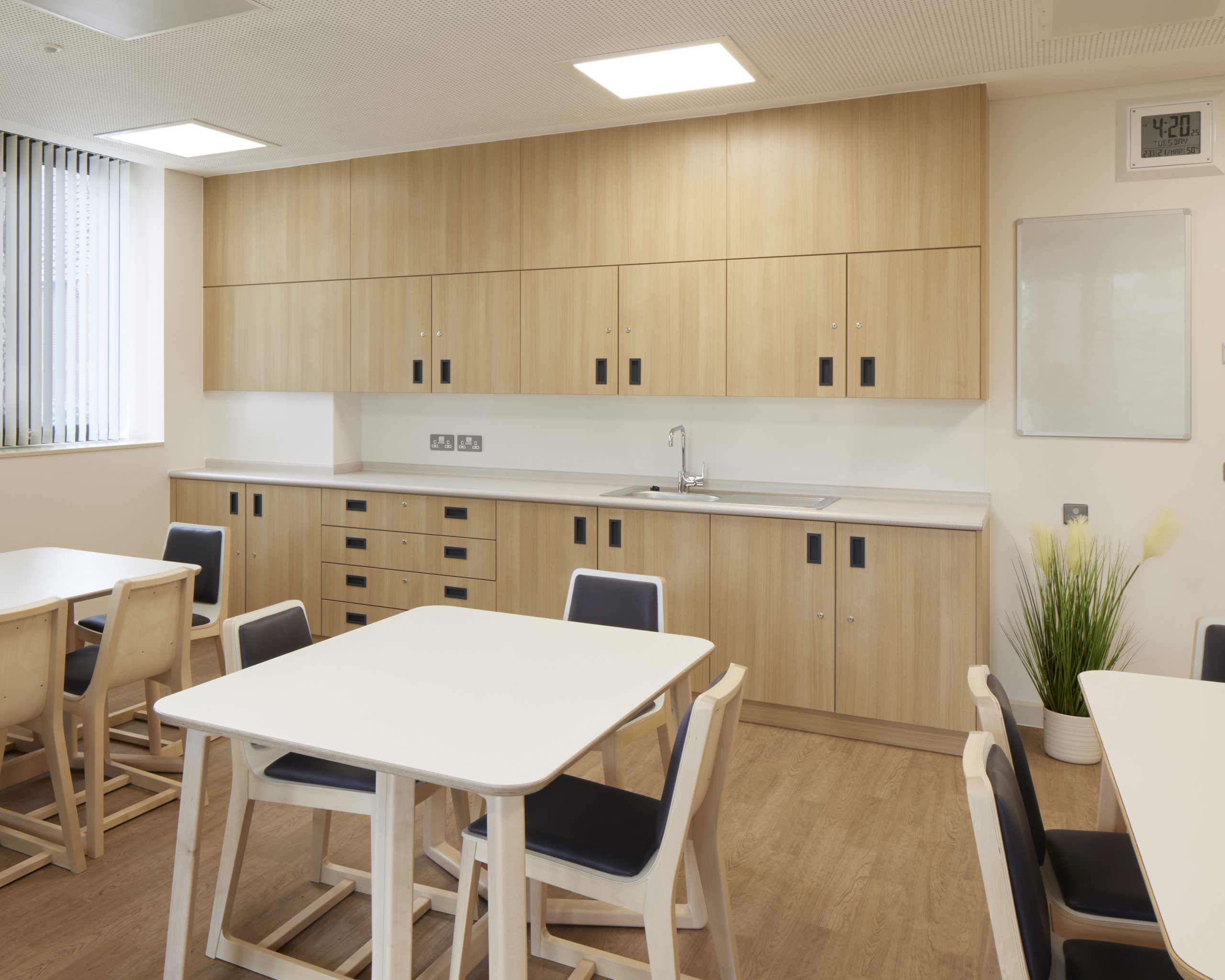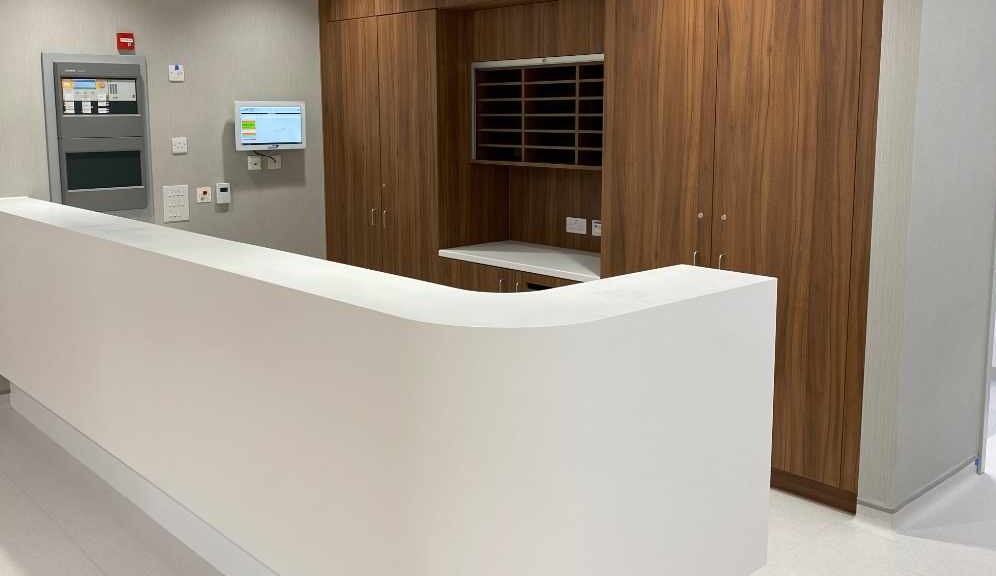Let me invite you into the world of fitted furniture - an environment where precision…
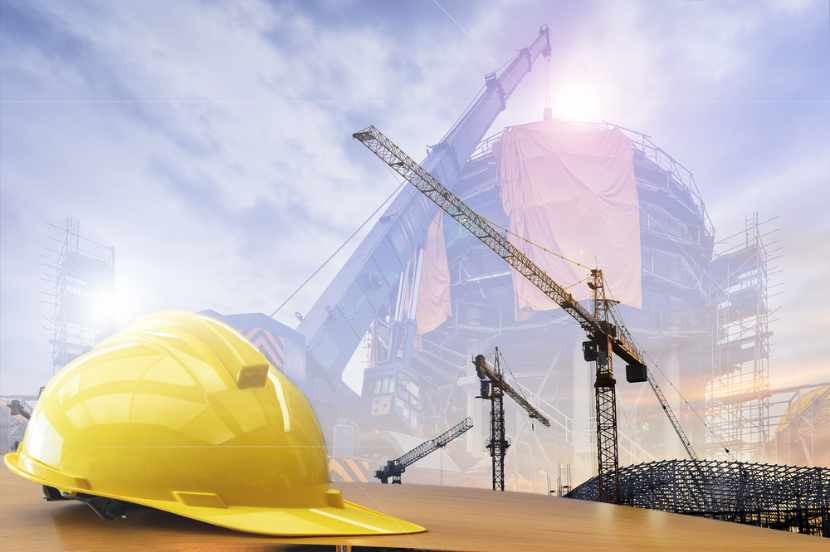
Post-pandemic healthcare construction trends
Healthcare construction has been booming in response to the pandemic’s increased demand for services and facilities. The pressure on healthcare providers to provide care in an era of constrained resources has driven design and construction innovation, and several trends are now emerging, influencing the post-pandemic construction considerations. We look at six smart healthcare construction trends for the post-pandemic facility.
6 smart construction trends for the post-pandemic healthcare facility
Modular construction
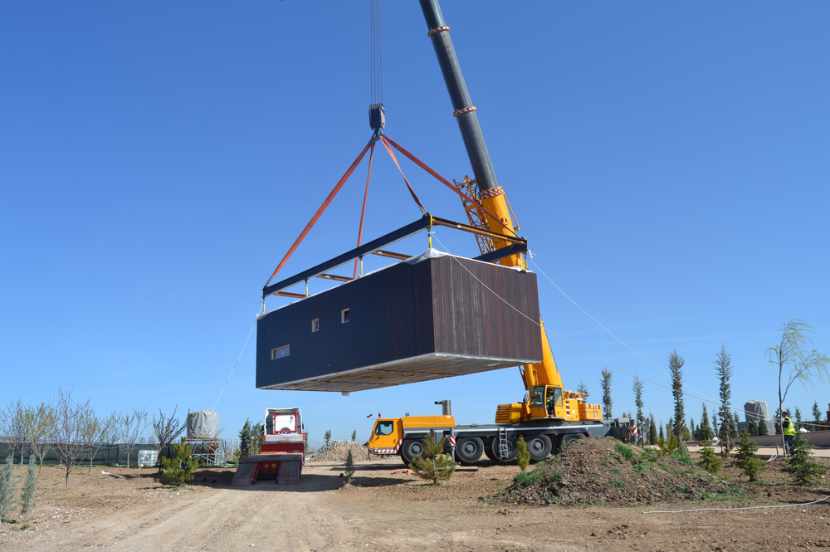
We’ve discussed modular construction before when the UK Government announced a £700 million investment in the NHS. More than £21 million of that going toward the construction of modular health facilities.
Globally, these prefabricated and off-site construction methods are becoming more popular as they offer a fast and efficient way to build healthcare facilities. When faced with unprecedented pressure to rapidly deploy new medical facilities, modular construction came out as a leading example of the most effective, adaptable building design.
Micro-facilities

Seeing hospitals and healthcare facilities pushed to their limits highlighted the misuse of certain facilities, causing greater pressure on the systems. Micro-facilities are small, specialized facilities that provide care for specific health needs and often focus on outpatient services.
In many ways, micro-facilities are a reaction to the trend toward larger, more centralized medical campuses. They offer an alternative for patients who may not want to travel far for care or who may prefer a more intimate, community-based setting. This has been most recently reported as “health on the high street.”
Micro-facilities also offer opportunities for healthcare providers to expand their reach into underserved communities.
Sustainability

The pandemic sharply focused attention on the importance of sustainability and how our built environment affects our health. With this came a newfound appreciation for the role that buildings play in protecting and promoting human health, and as a result, sustainable design is now seen as a critical aspect of healthcare facility construction.
What this looks like in construction is the introduction of green building practices to reduce environmental impact and operating costs. Modular buildings are one example of sustainable construction. This could also include building with sustainable materials and planning for versatile spaces to do more with less.
Automated construction
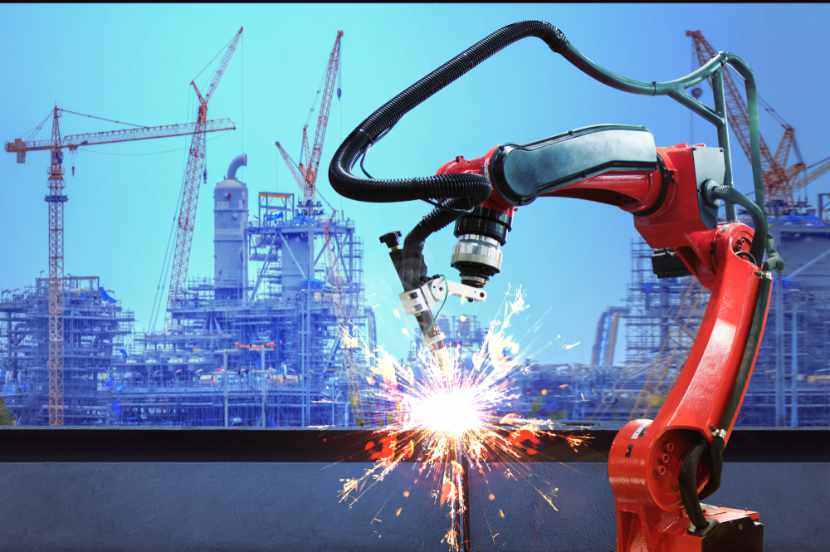
The construction industry is already seeing the benefits of automation and robotics with increased accuracy and speed of construction, as well as a reduction in labour costs. This will continue as providers seek to cut costs and build faster.
Here at David Bailey Furniture Systems (DBFS), we have ourselves invested in new technology to support our manufacturing staff to work more efficiently with less waste and greater precision.
Infection control
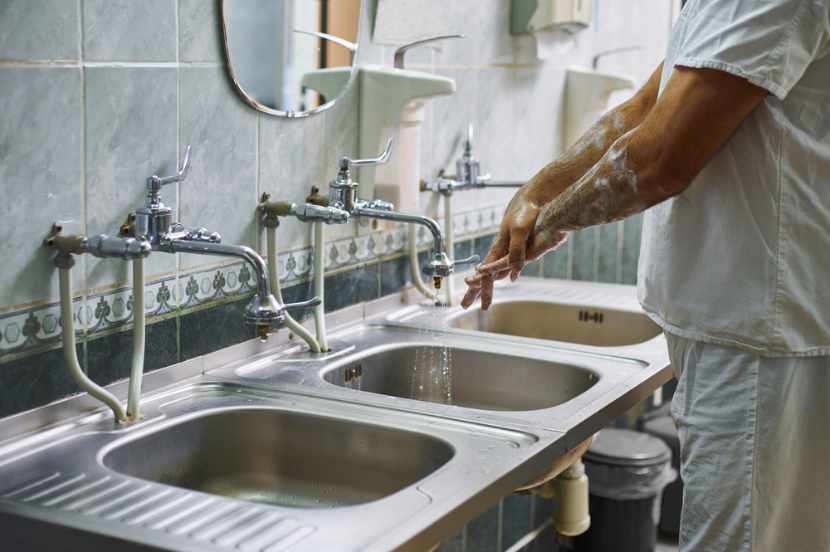
Infection control protocols have always been strict in healthcare settings, but the pandemic has made them even more important. Construction methods and materials that minimize the risk of infection transmission are now a top priority.
Features such as air filtration systems, hands-free fixtures, and anti-bacterial surfaces are being incorporated into new healthcare facility designs to create a safer environment for both patients and staff.
At DBFS, we support these measures with furniture that meets the UK’s Health Technical Memorandum (HTM) HTM71 and HTM63. Optimal storage and high-quality furniture play a large role in infection control.
Just-in-time manufacturing

With traditional supply chains disrupted, many healthcare providers have had to look for new sources of medical supplies and equipment. This has led to a greater focus on just-in-time manufacturing, which is the production of goods only as they are needed.
This approach has many benefits for healthcare facilities, including reduced inventory costs, lower risk of obsolescence, and improved responsiveness to changes in demand. With changes occurring rapidly, even as we enter the post-pandemic future, this method has been popularised for institutions eager to stay ahead should an unthinkable event strike the sector again.
Furniture to support the latest construction trends
As a leading healthcare furniture manufacturer, we at DBFS are well-positioned to support the latest construction trends in the healthcare sector.
Our team work closely with our customers to create bespoke furniture solutions that meet the specific needs of each project. Whether it’s infection control, sustainability, or just-in-time manufacturing, we can provide the furniture to support your vision.
Healthcare construction trends – find out more
View our HTM 63 product brochure here.
View our HTM 71 product brochure here.
If you would like to learn more about our healthcare furniture solutions and how we support contractors and architects in the healthcare sector, please get in touch with one of our experts today.

